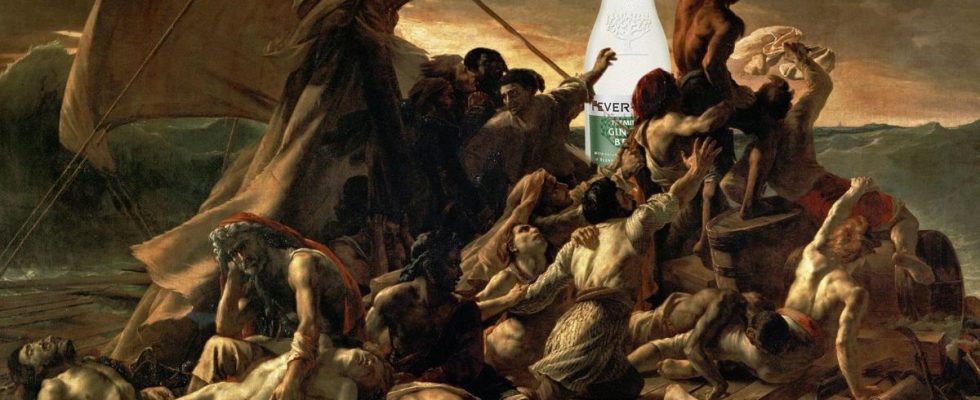From our special correspondent in the hype,
Any drunk who takes on the challenge of Dry January knows: any evening during these 31 days without alcohol contains two major difficulties. The first, surviving the medieval comments: “We didn’t know you were annoying” and others “Why are you doing this challenge? You’re not an alcoholic? » (courage to all of you). The second: beer is not so easily replaced. Non-alcoholic cocktails? Often as expensive as they are full of sugar. Sodas? We have passed the age. Alcohol-free beer? Thank you, but we still have a minimum of palate. Last alternative, the lemon Perrier, but at 56 euros, we might as well drink our tears directly.
But Syphise’s torture of choosing at the bar ended with the arrival of the chosen one. Gingerbeer, queen of soft drinks in Sébastien’s eyes: “Apart from alcohol, it’s clearly the best drink, and the only one that can compare with a beer or a ‘real’ cocktail.” At 33 years old, he has been practicing “Dry” for five years, with great ease over the past three years: “It’s much easier to hold thanks to the ginger. Before, I preferred to avoid evenings »
One app to rule them all
Sales of gingerbeer have more than doubled in two years in France, going from 5 to 12 million euros, reports Nielsen. A rare success in a rather hungover field. Undermined by inflation and summer weather in 2023 giving little desire to sip drinks in the rain, alcohol and non-alcoholic sales have seen their sales fall in volume. Exception therefore makes ginger, whose demand is exploding. And the offer follows: “On average, there are four different brands of Gingerbeer in supermarkets in 2023, compared to only three in 2021. It is a small consumption segment, but one with extremely dynamic growth,” notes Yannis Chemlal, analyst. consultant at Nielsen.
Bars, too, are riding the ginger wave. Sylvie, manager of Black sheep in Perpignan, rubs his hands with it: “It’s a bit like the ‘spritz’ of non-alcoholic drinks: suddenly, everyone takes it. This is the drink the customer will consume if they don’t know what to drink and want to stay sober. » In January, gingerbeer is the third best-selling drink in his bar, behind the essential beers and coffees. “But even outside the Dry Januaryshe never leaves the top 5,” says Sylvie.
The most credible alternative
Maxime* fell into gingerbeer when he was an adult, after dark years of too much drinking. Now a member of Alcoholics Anonymous, he confesses: “Gingerbeer helped me a lot in this process, because it’s similar to a beer at the bar. In terms of how it is consumed, it lasts a long time because you drink it in small sips, unlike a Coke, for example, which I can siphon in two minutes. So I finally have roughly the same flow as my friends who still drink. Also, the texture is very similar to a beer. And it’s healthier.”
A “sanctity” that has become the number one marketing argument for ginger, explains Clémentine Hugol-Gential, professor and specialist in contemporary food issues at the University of Burgundy. “This drink fully taps into the healthy imagination. It’s alcohol-free, of course. She uses ginger, presented as a food full of virtues. And it’s fermented, which sets it apart from sugary sodas in people’s minds, even though it, too, is full of sugar. »
And the expert continues our introduction: “There is a tendency to drink less and good soft drinks are rare. If gingerbeer is so successful, it is also due to a lack of competition in the sector. » Justine, who is launching her first Dry this year, admits: “It’s THE drink that everyone recommended to me”. More experienced than the thirty-year-old, Sébastien confirms: “It’s a bit like the secret we tell each other, the cure for bars where other people drink. » For the annoying comments, on the other hand, no viable solution has been found.
*The first name has been changed

